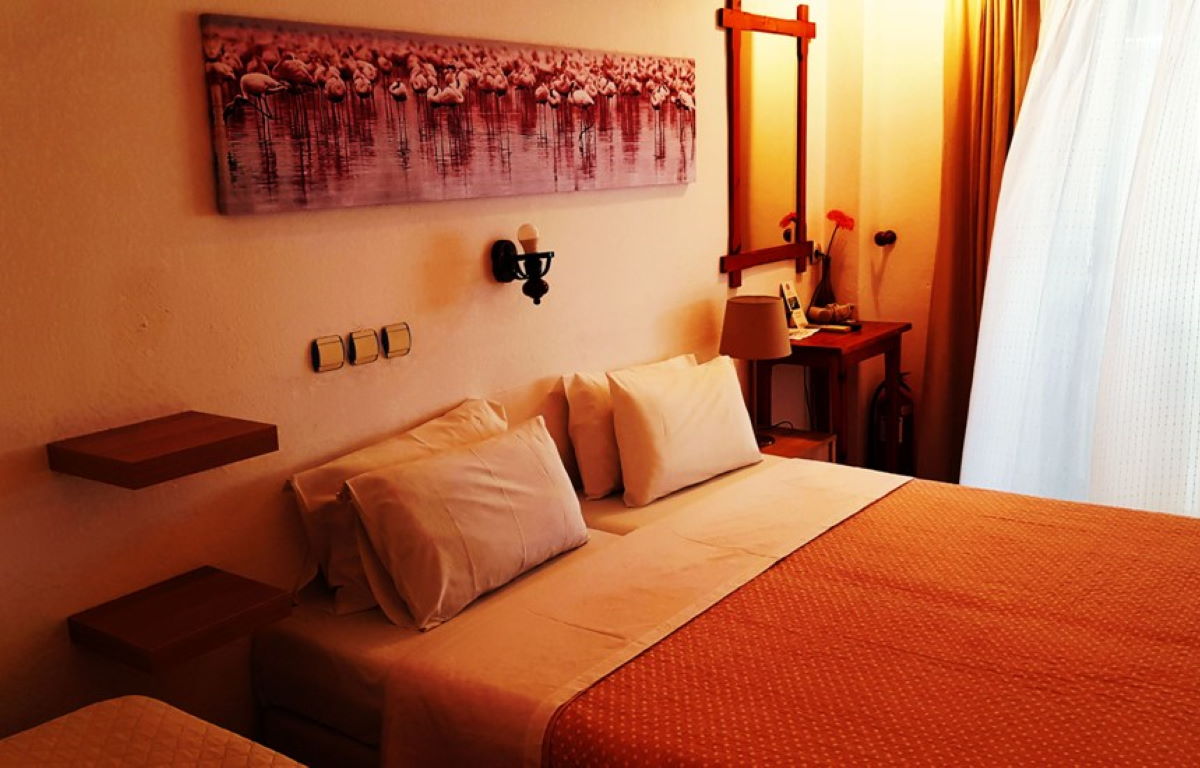Monastery Xenofondos

Founded: End of 10th century
Founder: Blessed Xenofon
Feast-day: 23rd of April
Library: 555 manuscripts
Collection: The two mosaic icons of Agios Georgios and Agios Dimitrios
Monastery Xenofondos is the second Monastery that we meet along the coast of the SW side of the peninsula.Built directly on the coast, one can see how much it has developed as it is almost three times bigger than the initial building, after reconstruction work which took place in 1800. The Abbey, which is dedicated to Saint George, is reported in documents dating back to 1000 and until 1035, where it was refered to with the name "Xenofondos".
Osios Xenophon was the owner, as it is expressed and characterized in documents of the 11th century and also from other documents (from 998 and 1018). This name is also reported in the Life of Saint Athanassios the Athonian. Around 1080 -during the ruling of the emperor Nikiforos of Votaniati - the "biggest drougarios" (admiral) Stefanos came to the Abbey, where he became a monk with the name Simeon. With his financial support, his care but also his experience as a king, the Monastery, which was at that time "uncared for and abused", was reconstructed: he began with the construction of walls, the temple, and continued onto the construction of buildings. He offered heirlooms and granted it with properties . However, dissatisfaction began to grow amonst the monks because certain terms and rules of monastic life were violated so that Simeon could complete his work.
It the 13th century big destructions were caused to the Abbey from the Latin crusaders raids. However by the end of the 14th century it possessed the eighth place among the 25 Abbeys. During the Ottoman domination the Abbey passed through precessions like the danger of desolation and the situation of succession. For example, V. Barski in his first visit found Abbey in great dept and only 3-4 monks living there. When however its cenobitic life was restored, in 1784, with first abbot the worthy geromonaho (old monk) Paisio from Lesvos, it began a period of rectification and acne.Within 24 years the monks became roughly 60.In 1817 or 1819 the catholic (central church ) was founded.In 1817 fire caused mass destructions to buildings as well as in the files of the Abbey. The re-establishment of the abbey was helped by the former bishop of Samakovou, Filotheos, who had withdrawn in order to become a monk for the Abbey.
Apart from the old and new catholic there are also 11 other chapels. From the many heirlooms that this abbey posesses, it's whorthwhile to mention the 2 big mosaic icons of Saint George and Saint Dimitrios, that date back to the second half of the 12th century, the Byzantine icon of the Virgin Mary (Odigitria) , the icon of Metamorfosis (end of the 12th century), a fragment of the Holy Cross etc.
In the 19th century, the Abbey also elected scholar monks (Leontios Kesarefs, Nikiforos Kolintzis, Nikiforos Kalogeras), as well as the neomartira (new wittness) Chrisantho, who testified the same day with the Patriarch Grigorios the 5th.












